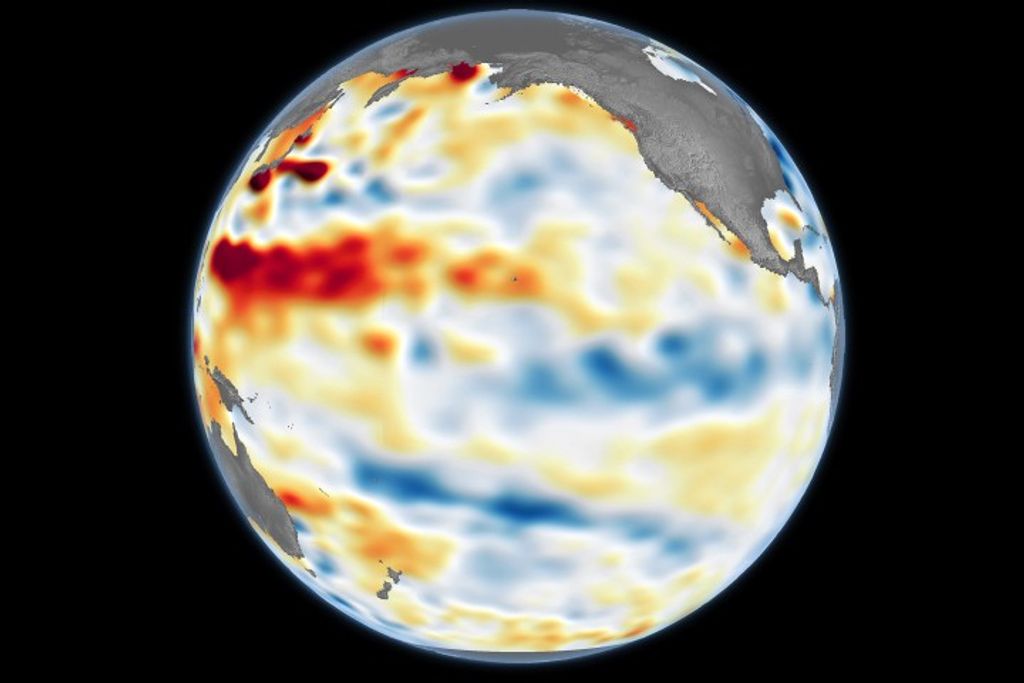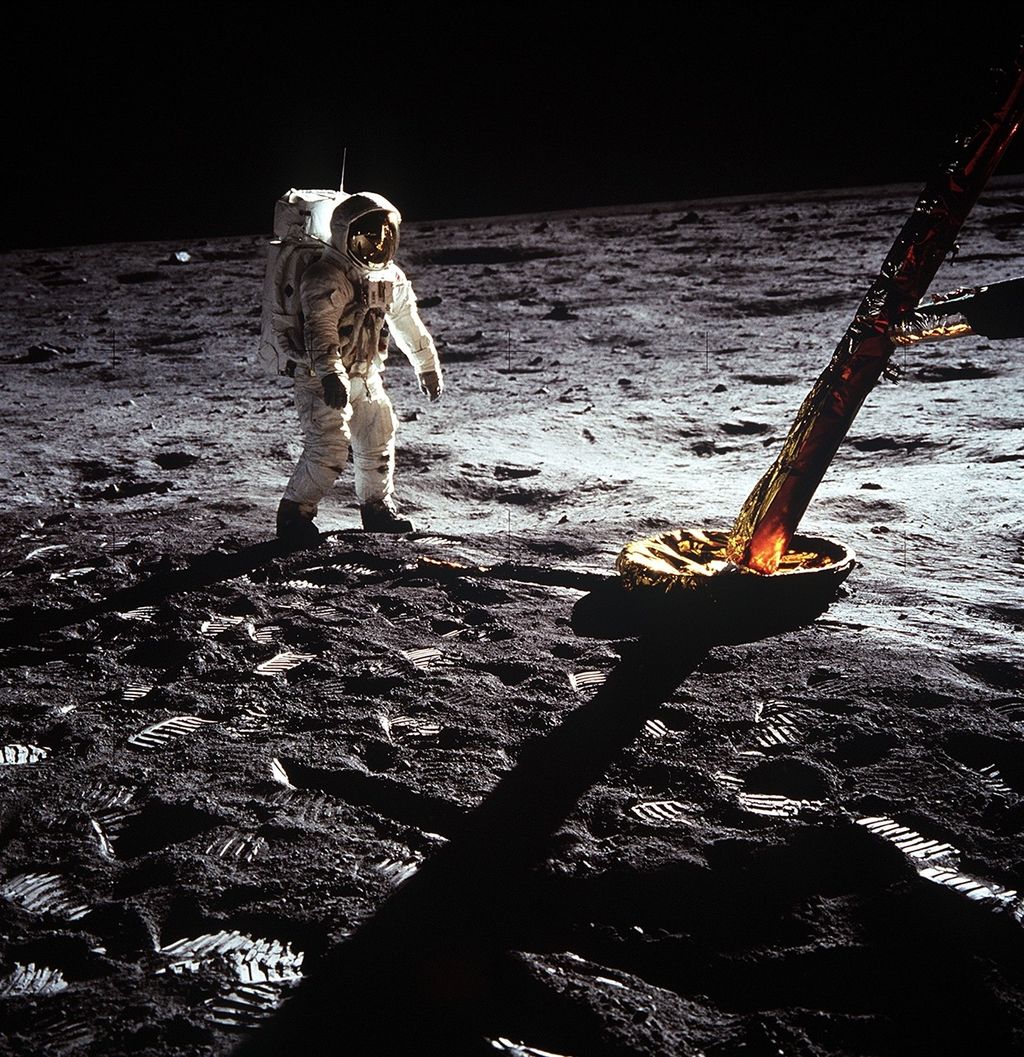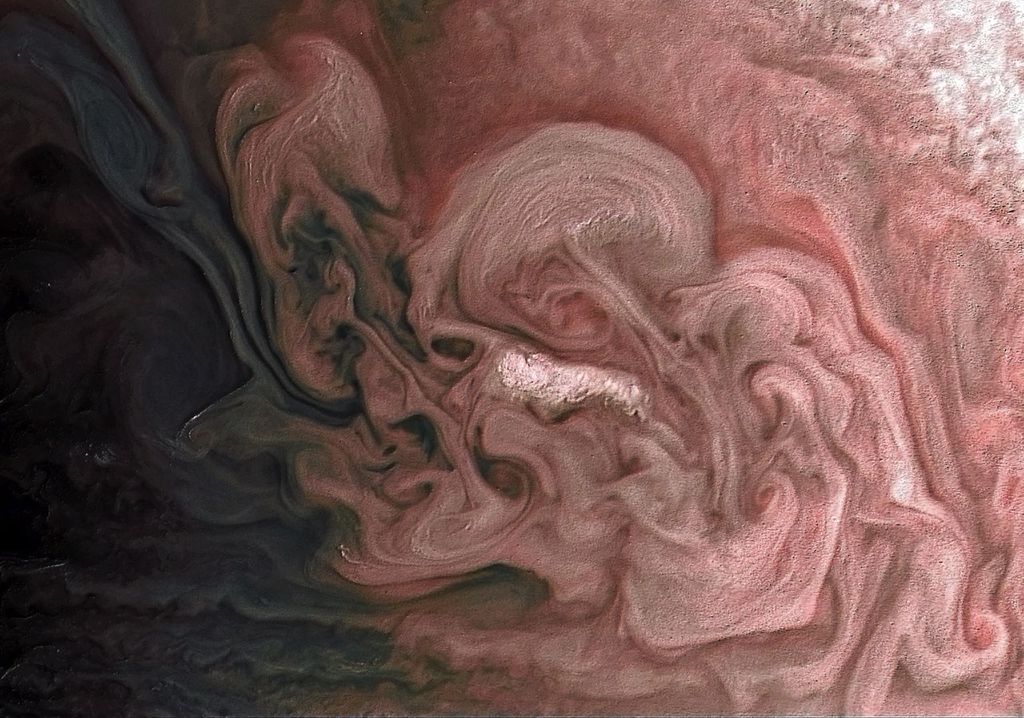1 min read
Clearest View Yet of Massive Star Cluster

A new image processing technique has yielded the clearest view yet of an extraordinary star cluster located about 169,000 light years from Earth. The new technique, called photometric reconstruction, was applied to a photograph of the star cluster Rl36 that was obtained with the Planetary Camera onboard the NASA Hubble Space Telescope. It reveals that there are at least 47 stars located within an area 1.6 light years across in Rl36. (One light year is approximately 5.8 trillion miles long.) In contrast, the Sun is about 4 light years from the nearest known star, Proxima Centauri.
"Our reconstructed photo of R136 shows what the raw Hubble photos will look like after the 1993 repair mission to fix the telescope's spherical aberration," says Goddard astronomer, Dr. Sally Heap.
Combining data from the Hubble photos with spectrograms of Rl36 obtained with the Goddard High Resolution Spectrograph on the HST, Goddard scientists determined that many of the stars in R136 are much more massive than the Sun., and include one or more that have 100 times the mass of the Sun. Such stars have very short lifetimes, and the estimated age of the R136 star cluster is only 3 million years, which can be compared with the approximate age of the Sun, 5 billion years.
UPPER LEFT: a portion of a photograph of Rl36 taken by the Planetary Camera on HST in visible light at wavelength 5470 angstroms. This panel, 2 arcsec on the sky or 1.6 light years across at the distance of R136, shows the uncorrected image of the star cluster.
UPPER RIGHT: same picture, shown at the same contrast, but after photometric reconstruction. A total of 47 stars are present. This panel illustrates how pictures from Hubble will look after the first repair mission to Hubble.
BOTTOM: portion of the ultraviolet spectrum of R136 taken by the GHRS. It depicts the intensity of ultraviolet light at each wavelength. The strongest stellar feature (at right) was formed by triply-ionized carbon (carbon atoms that have each lost three of their six electrons) that are streaming out of the brightest stars in R13 in a flow called a "stellar wind."
About the Object
- R.A. PositionR.A. PositionRight ascension – analogous to longitude – is one component of an object's position.05h 38m 42.39s
- Dec. PositionDec. PositionDeclination – analogous to latitude – is one component of an object's position.-69° 6' 2.81"
- Object NameObject NameA name or catalog number that astronomers use to identify an astronomical object.R136, 30 Doradus
- Release DateApril 1, 1992
- Science ReleaseClearest View Yet of Massive Star Cluster
- CreditNASA/Goddard Space Flight Center
Share
Details
Claire Andreoli
NASA’s Goddard Space Flight Center
Greenbelt, Maryland
claire.andreoli@nasa.gov





























